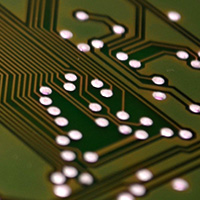Tip #940: Just How Fast is Apple Silicon?
… for Codecs & Media
Tip #940: Just How Fast is Apple Silicon?
Larry Jordan – LarryJordan.com
Apple silicon is hardware optimized for running software.


Jim Turley, writing for the Electronic Engineering Journal takes a deeper look at the upcoming Apple silicon transition and how an ARM CPU is able to run x86 software. This is an excerpt.
First, the basics. Apple has gone through at least five different processor generations by my count. The company started with the 6502, then 68K, PowerPC, x86, and now ARM. It’s always used ARM for its iDevices – iPad, iPhone, iPod, etc. – since the very first iPod almost 20 years ago.
What’s remarkable is that all three architecture changes supported the previous generation’s binaries. Users won’t be able to tell the difference. It just works.
How well does it work? Well enough that Apple’s emulation beats other systems running natively. Surprisingly, the DTK’s x86 emulation is faster than some real x86 processors.
The consensus is that Apple didn’t need to mess around with the ARM architecture – at least, not the visible parts of it. Instead, the company likely optimized its microarchitecture: the underlying circuitry that implements the programmer-visible parts
Apple is uniquely qualified to create an effective binary translator. The company has done it twice before, always in software. The initial results suggest that it’s pulled off a hat trick, even without any hardware assists. Rosetta 2 running on A14X should be even better.
EXTRA CREDIT
This article is well-written and well worth reading for additional detail and commentary.


Leave a Reply
Want to join the discussion?Feel free to contribute!